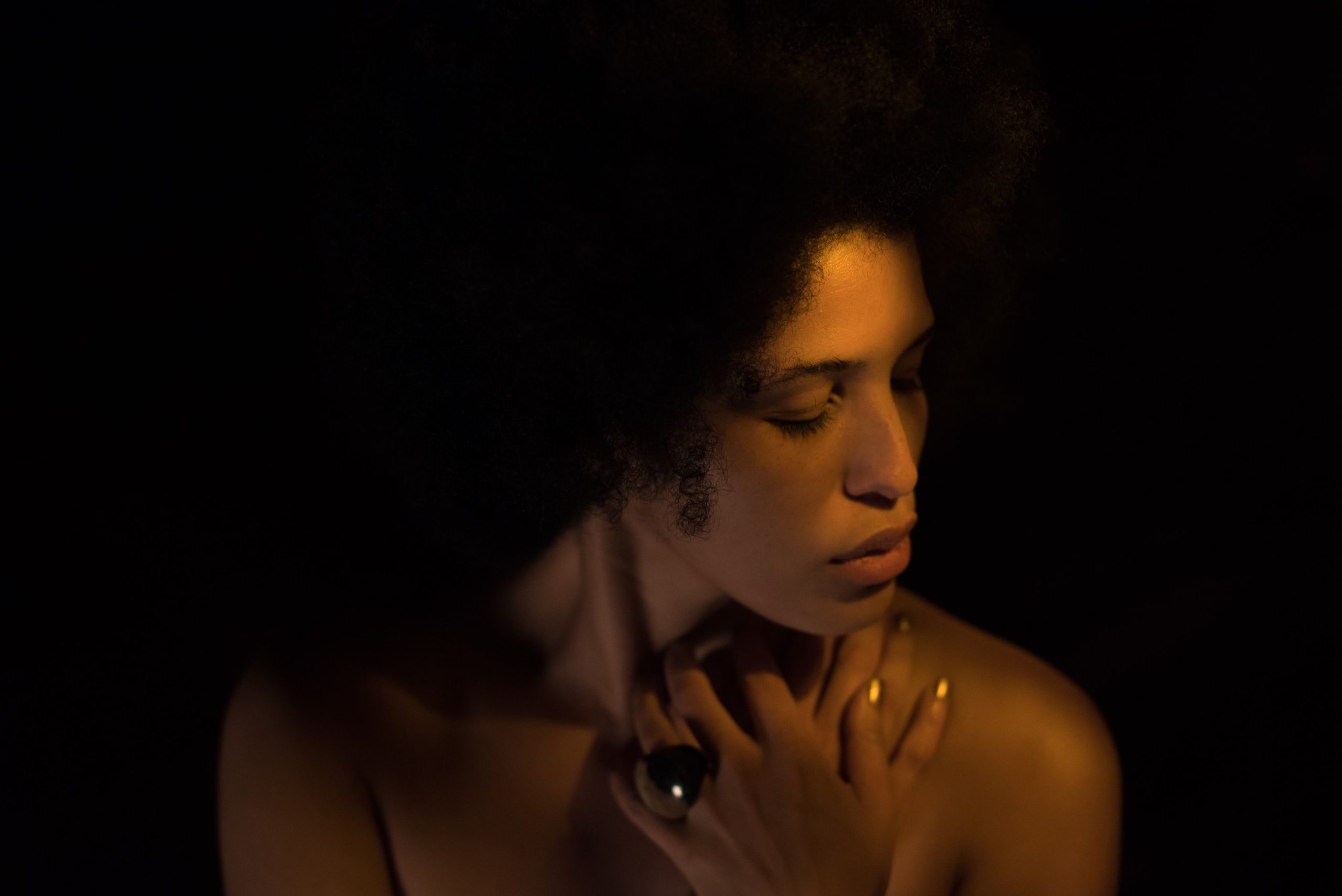Tweezing is a popular hair removal method that involves manually plucking individual hairs using tweezers. While it can be effective for shaping eyebrows and removing unwanted facial hair, there are several disadvantages to consider:
Limited hair removal
One of the main disadvantages of tweezing is that it can only remove one hair at a time. This makes it a time-consuming process, especially when trying to remove larger areas of hair such as on the legs or arms. Waxing or shaving, on the other hand, can remove multiple hairs at once, making them more efficient methods for larger areas.
Pain and discomfort
Tweezing can be a painful and uncomfortable process, especially when plucking hairs from sensitive areas like the upper lip or bikini line. The discomfort can be amplified if the hair is thick or deeply rooted. Some people may also experience redness, swelling, or ingrown hairs as a result of tweezing.
Potential for skin damage
Tweezing requires a steady hand and careful technique to avoid accidentally damaging the skin. If the tweezers slip or are used too forcefully, it can cause cuts, scratches, or even break the skin. This not only increases the risk of infection but can also leave behind scars or marks.
Not suitable for all hair types
Tweezing is most effective on coarse or thick hairs. Fine or light-colored hairs may be more difficult to grasp and remove with tweezers. Additionally, tweezing may not be suitable for individuals with certain skin conditions or medical conditions that affect hair growth or the skin’s healing process.
Risk of ingrown hairs
One of the common disadvantages of tweezing is the increased risk of ingrown hairs. When a hair is plucked from the follicle, it may sometimes grow back into the skin instead of outwards. This can lead to inflammation, redness, and the formation of bumps or pustules. Regular exfoliation and proper aftercare can help reduce the risk of ingrown hairs.
Time-consuming maintenance
Since tweezing only removes hair from the root, it needs to be done frequently to maintain smooth skin. The hair will eventually grow back, and each hair needs to be individually tweezed again. This can be a time-consuming process, especially for larger areas or for individuals with fast hair growth.
Potential for hair breakage
Tweezing can sometimes cause hair breakage, especially if the hair is weak, brittle, or not pulled in the direction of hair growth. Hair that breaks instead of being fully removed may lead to stubble or a rough texture. This can be particularly noticeable in areas like the eyebrows, where precise control is needed.
In conclusion, while tweezing can be an effective hair removal method for certain areas, it has several disadvantages to consider, including limited hair removal, pain and discomfort, potential for skin damage, unsuitability for all hair types, risk of ingrown hairs, time-consuming maintenance, and potential for hair breakage.
